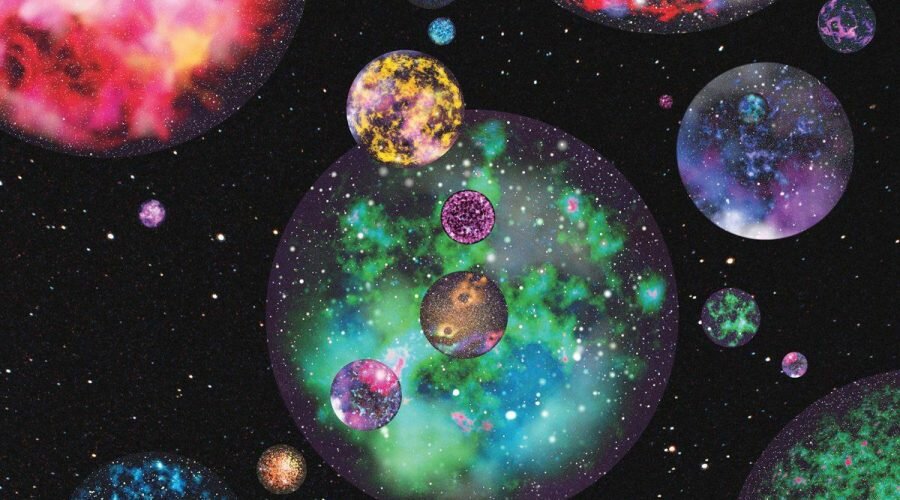A new model that assumes that a multitude of universes existed when our Universe first formed may explain why the Higgs mass is smaller than traditional models predict.
The standard model of particle physics has been inordinately successful, providing experimental predictions that accurately describe most of our Universe’s forces and fundamental particles.
But the model has some glaring holes. It contains no viable dark matter particle, it lacks an explanation for the Universe’s accelerating expansion, and it predicts a Higgs boson mass that is at least triple that measured in experiments.
In their new paper, Raffaele Tito D’Agnolo of the University of Paris-Saclay and Daniele Teresi of CERN propose a theory to explain both the lightness of the Higgs boson and another fundamental physics puzzle. The duo says that their model, which invokes multiverses, could also explain other conundrums, such as the observed similarity in how matter and antimatter experience strong interactions.
According to the theory, in its early moments the Universe is a collection of many universes each with a different value of the Higgs mass, and in some of these universes the Higgs boson is light.
In this multiverse model, universes with a heavy Higgs boson collapse in a big crunch in a very short time, whereas universes with a light Higgs boson survive this collapse.
Our present-day Universe would be one of these surviving light-Higgs universes.
What’s more, the model, which includes two new particles in addition to the known particles predicted by the Standard Model, can also explain the puzzling symmetry properties of the strong force, which binds quarks together into protons and neutrons, and protons and neutrons into atomic nuclei.
Although the theory of the strong force, known as quantum chromodynamics, predicts a possible breakdown in strong interactions of a fundamental symmetry called CP symmetry, such a breakdown is not observed in experiments.
One of the new particles in the model can solve this so-called strong CP problem, making strong interactions CP symmetric.
Moreover, the same new particle could also account for the dark matter that is thought to make up most of the matter in the Universe.
The jury is of course out on whether the new model, or any of the many other models that have been proposed to explain the Higgs boson mass or the strong CP problem, will fly.
“Each model comes with perks and limitations,” Dr. Teresi said.
“Our model stands out because it is simple, generic and it solves these two seemingly unrelated puzzles at once.”
“And it predicts distinctive features in data from experiments that aim to search for dark matter or for an electric dipole moment in the neutron and other hadrons.”
Sources
https://news.fnal.gov/wp-content/uploads/higgs-boson.pdf
https://journals.aps.org/prl/abstract/10.1103/PhysRevLett.128.021803

